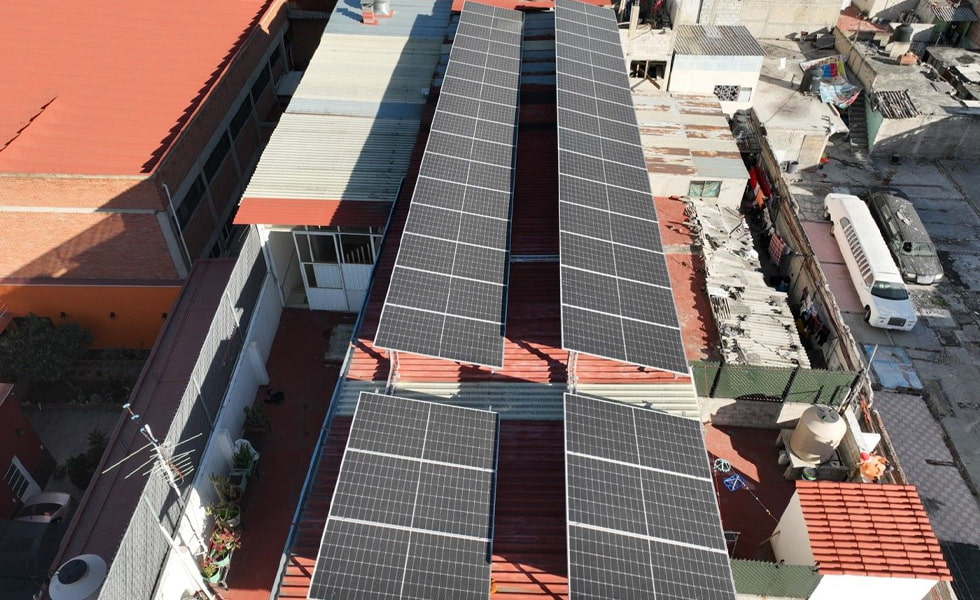
In the ever-evolving landscape of renewable energy, photovoltaic (PV) systems have emerged as a cornerstone for sustainable energy generation. However, the intermittent nature of solar energy necessitates the integration of energy storage solutions to ensure reliability and continuity of power supply. Among these solutions, high-voltage lithium batteries play a pivotal role in industrial and commercial photovoltaic energy storage systems, offering numerous advantages that propel the green energy revolution forward.
The Role of High-Voltage Lithium Batteries
High-voltage lithium batteries are designed specifically to cater to the demands of large-scale energy storage applications. In industrial and commercial settings, these batteries serve as the backbone of energy storage systems, enabling the efficient storage and dispatch of solar energy generated during peak sunlight hours. They allow for the seamless integration of renewable energy sources into the grid, mitigating the impact of fluctuating solar output on the overall power supply.
Advantages of High-Voltage Lithium Batteries
High Energy Density: Compared to traditional lead-acid batteries, high-voltage lithium batteries boast significantly higher energy density. This means they can store more energy within the same physical space, allowing for more compact and efficient energy storage solutions. In industrial and commercial PV systems, this translates into reduced land usage and infrastructure costs.
Long Lifespan: Lithium batteries are renowned for their extended lifespan, often exceeding 6000 charge-discharge cycles. This longevity reduces maintenance costs and minimizes the need for frequent battery replacements, making them a cost-effective solution for long-term energy storage.
High Efficiency: With charging and discharging efficiencies typically above 90%, high-voltage lithium batteries minimize energy losses during the storage and retrieval process. This high efficiency ensures that more of the solar energy generated is effectively harnessed and utilized, maximizing the overall energy yield.
Rapid Charging and Discharging Capabilities: Lithium batteries possess rapid charging and discharging rates, enabling them to respond swiftly to changes in power demand. This feature is particularly crucial in industrial and commercial settings, where sudden spikes in energy consumption are common.
Modularity and Scalability: High-voltage lithium batteries are often designed with a modular architecture, allowing for easy scalability and customization based on specific energy storage requirements. This flexibility enables seamless integration into various industrial and commercial PV systems, ensuring optimal performance and cost-effectiveness.
Enhanced Safety: Safety is paramount in energy storage systems, and high-voltage lithium batteries are equipped with advanced safety features. These include robust battery management systems (BMS) that monitor and control battery parameters, such as voltage, current, and temperature, to prevent overcharging, overheating, and other potential hazards.
Environmental Sustainability: Lithium batteries are generally considered more environmentally friendly than lead-acid batteries, as they do not contain toxic metals like lead and mercury. Additionally, with advancements in battery recycling technologies, the environmental impact of lithium batteries is further mitigated.
Conclusion
High-voltage lithium batteries are transforming the landscape of industrial and commercial photovoltaic energy storage systems. Their combination of high energy density, long lifespan, high efficiency, rapid charging and discharging capabilities, modularity, safety features, and environmental sustainability make them the ideal choice for large-scale energy storage applications. As the global push towards renewable energy intensifies, high-voltage lithium batteries will continue to play a pivotal role in ensuring a reliable, sustainable, and efficient energy future.
